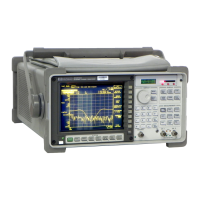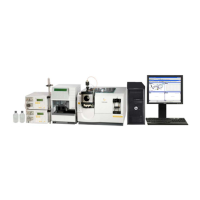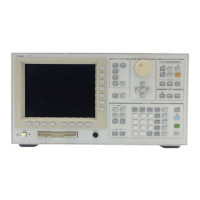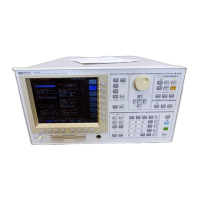Compensating For Noise and Leakage
Noise can be present in either the force or
response signal as a result of a long time record.
Leakage can be present in the response signal as
a result of a short time record.
Noise may appear after the force pulse. The
force window eliminates any noise without
affecting the pulse itself.
The response signal is an exponentially decaying
function. If the structure is heavily damped, the
response may decay out before the end of the
time record.
Noise may be present in the remaining part of the
time record. If the structure is lightly damped,
the response may continue beyond the end of the
time record. The effect is leakage.
The exponential window minimizes leakage and
can eliminate any remaining noise in the time
record. The exponential window uses a time
constant which is the time required for the
amplitude to be reduced by a factor of 1/e. A
rule of thumb for setting the time constant is
approximately 1/4 the time record length, T.
Responce
Exponential Window
Windowed Responce
Force Pulse
Force Window
Agilent 35670A
Operator's Guide Measuring Structures
2-9

